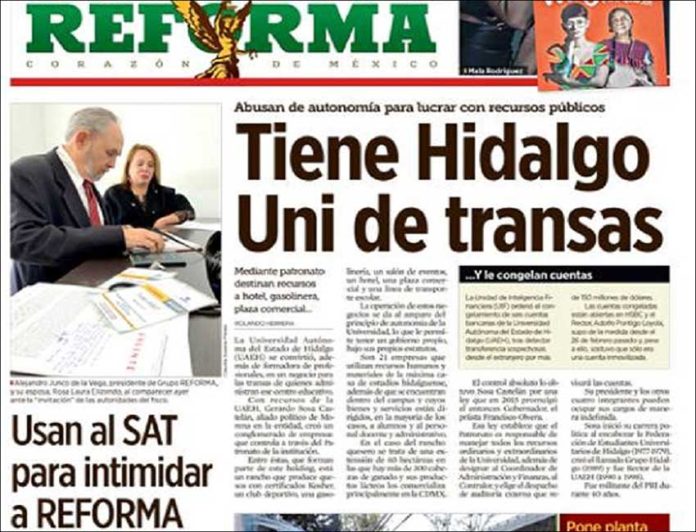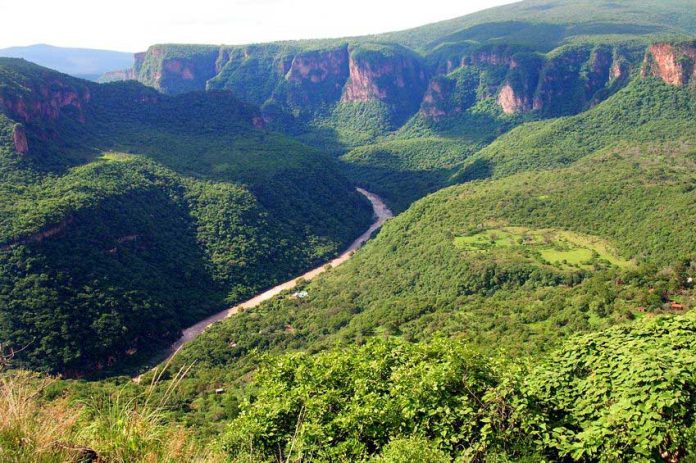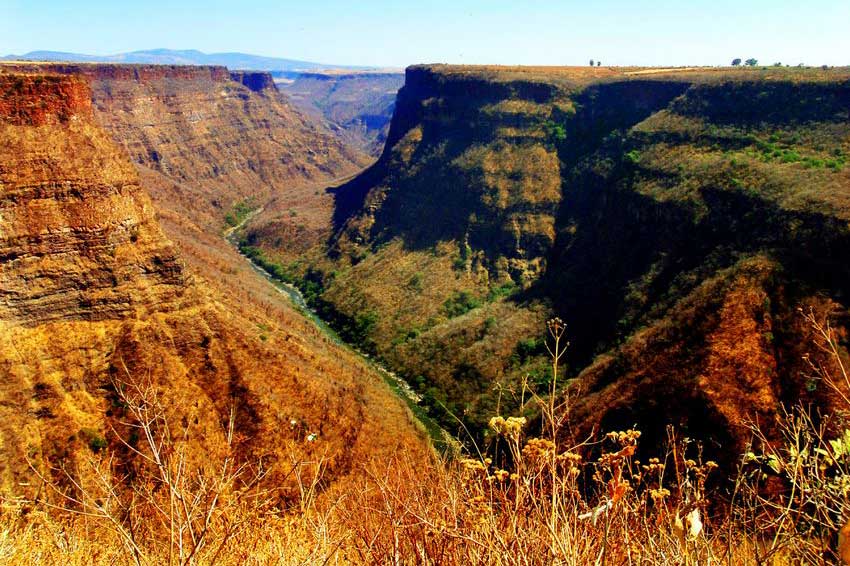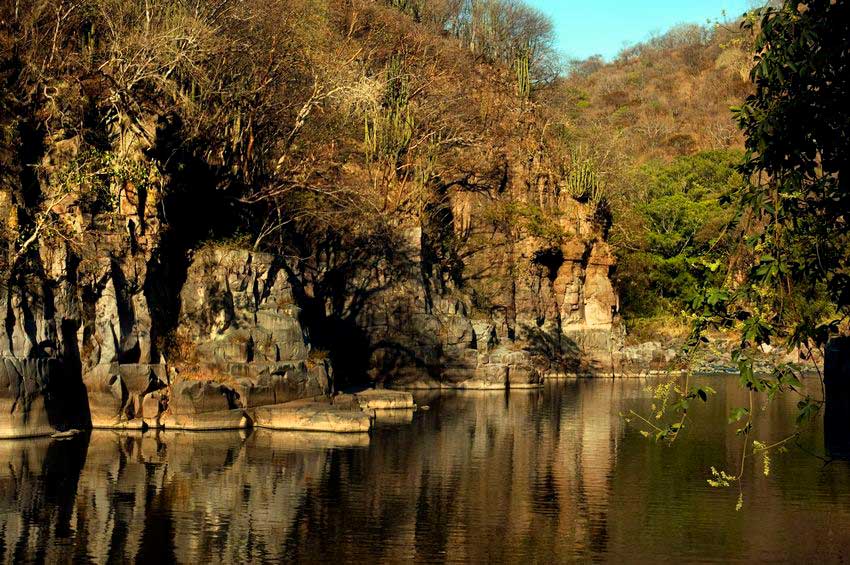One of Mexico’s biggest media companies has accused the federal government of intimidation after its CEO and his wife were summoned to explain an alleged 12,000-peso (US $615) tax discrepancy.
The newspaper Reforma published a front-page editorial Friday stating that Grupo Reforma president Alejandro Junco de la Vega and his wife, Rosa Laura Elizondo, received an “invitation” from the Federal Tax Administration (SAT) to clarify a “supposed gap” in the company’s payment of tax in the 2015 fiscal year.
“The two Grupo Reforma shareholders were summoned to personally go to the offices of the federal tax auditor in Nuevo León yesterday via an official letter stamped with the word ‘urgent’ in red,” Reforma said.
“It is not common for the SAT to summon shareholders of a corporation for alleged minimum and routine tax clarifications,” the editorial continued.
Published under the headline: “They [the government] use the SAT to intimidate Reforma,” the newspaper contended that the summons “could be interpreted as an attempt to pressure the journalistic work of this publishing company.”

It also said that even though the SAT letter referred to the summons as an “invitation – if the shareholder doesn’t attend to the invitation in a period of five days, a seed of non-compliance is sown.”
The newspaper added: “In the 97 years of life of this publishing company, tax authorities have never personally summoned shareholders: the company, dozens of times.”
With regard to the tax discrepancy, Reforma said that Grupo Reforma owed nothing, contending that the SAT had erred in its calculations.
The meeting between Junco de la Vega, Elizondo and tax authorities lasted about an hour and at its conclusion, the latter accepted documents which proved that there was no discrepancy, Reforma said.
The newspaper also said the summons of Junco de la Vega comes “97 days after the start of the presidency of Andrés Manuel López Obrador, who has repeatedly described Grupo Reforma as ‘prensa fifi’ [snobby press], conservative and a bearer of neoliberalism.”
At his morning press conference yesterday, the president denied that his government was attempting to prosecute or intimidate Grupo Reforma or the Reforma newspaper.
“It’s not true, it’s a complete falsehood. We don’t do that with anybody. Who knows what motivation they had to make this scene but to me it seems to be nonsense. I consider it a political posture, we have our differences with Reforma but we’re not going to go after anyone,” López Obrador said.
“With all respect, I think that they’re exaggerating at the newspaper Reforma, we don’t persecute anyone, we’re not like the governments that were protected by Reforma. We respect freedoms and the right to dissent,” he added.
“It’s a newspaper that emerged during the government of [Carlos] Salinas, which made sure not to [criticize] Salinas, which never questioned looting in the neoliberal period, which pretended that corruption was being combatted . . . which helped with electoral fraud, these are our differences with Reforma . . . If they got a request to clarify a tax matter, well everybody gets that. Can the untouchable not be touched?”
Reforma subsequently published a video featuring audio of López Obrador’s allegations of bias overlaid with images of stories it has published with the intention of disproving the president’s claims of partiality.
People from outside Reforma – including a human rights advocate, political pundits and politicians – also criticized the government while coming to the newspaper’s defense.
“Nobody is forced to read a newspaper they don’t like. What’s not fair is to make up reasons to discredit the media. That’s exactly what AMLO has done by attacking Reforma,” José Miguel Vivanco, the Americas director of Human Rights Watch, wrote on Twitter.
Political scientist Denise Dresser said that López Obrador and his government don’t themselves represent the transformation they claim to be bringing to Mexico.
“Here’s the most recent example: the government using its power to intimidate/frighten counterbalances. Today it was the turn of Reforma but tomorrow it could be that of any other media organization if we don’t denounce unacceptable behavior in a democracy,” she said.
Marko Cortés, national president of the National Action Party (PAN), condemned this “new act of intolerance” by the government “against Reforma and freedom of expression,” while PAN Senator Damián Zepeda said the government’s “intimidatory practices” against the newspaper are “terrible” and must not be allowed.
Citizens’ Movement (MC) Senator Samuel García said that “bullying a media outlet through SAT is the worst sign there could be of authoritarianism,” adding that “we are opposed to any attempt to pressure journalistic work” and “what has happened to the president of the Reforma newspaper is alarming and the persecution is evident.”
Reforma was one of several media outlets that received almost US $2 billion in advertising revenue from the past federal government in its first five years in office, according to a December 2017 report published in The New York Times.
The money didn’t only buy promotional ads and television commercials but also favorable coverage for the Enrique Peña Nieto-led government and editorial influence, the report said.
Source: Reforma (sp), Animal Político (sp), Infobae (sp)












